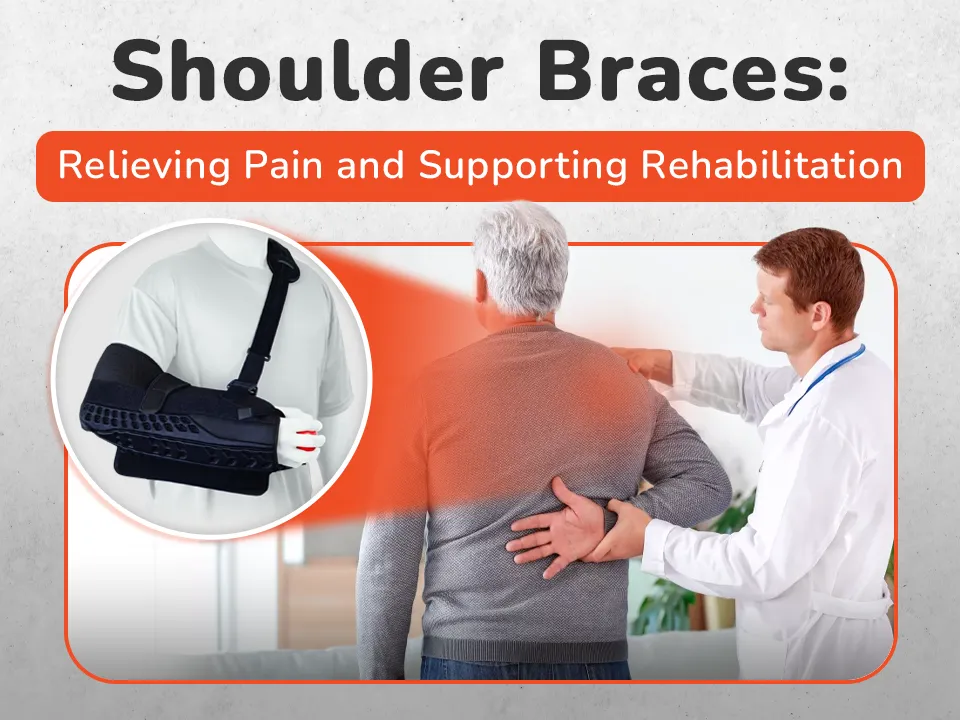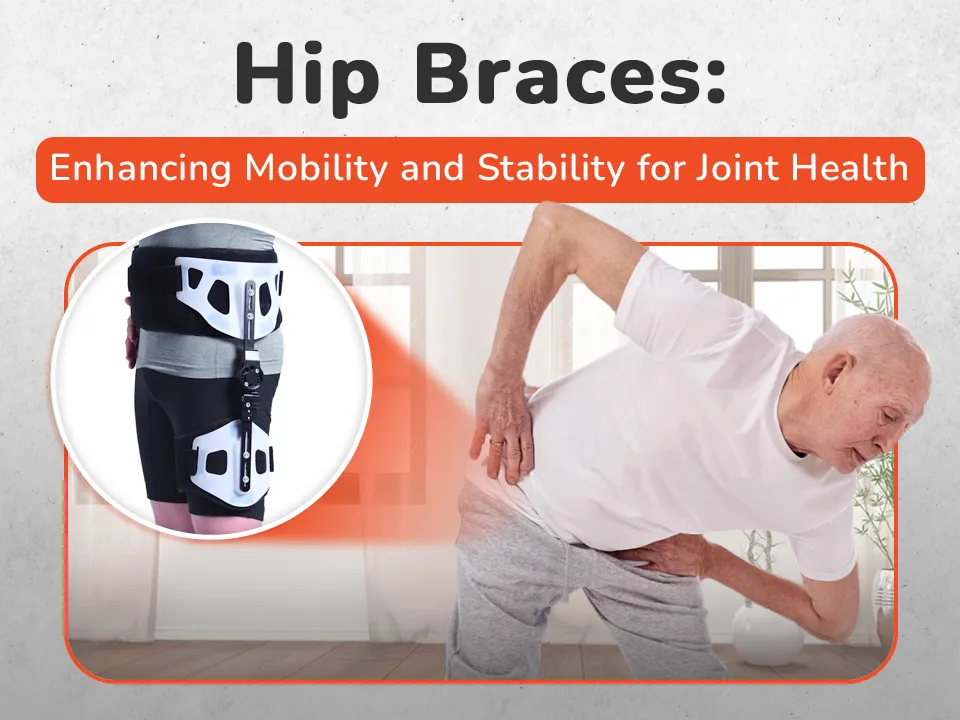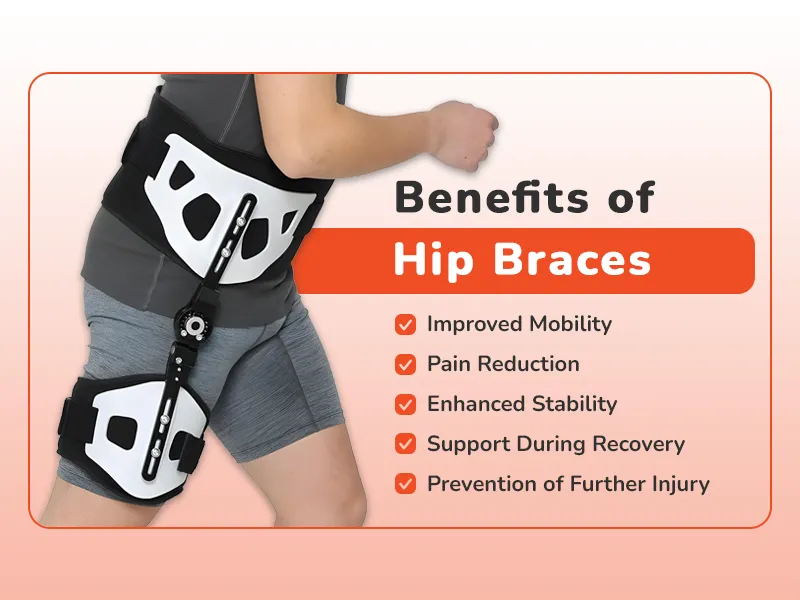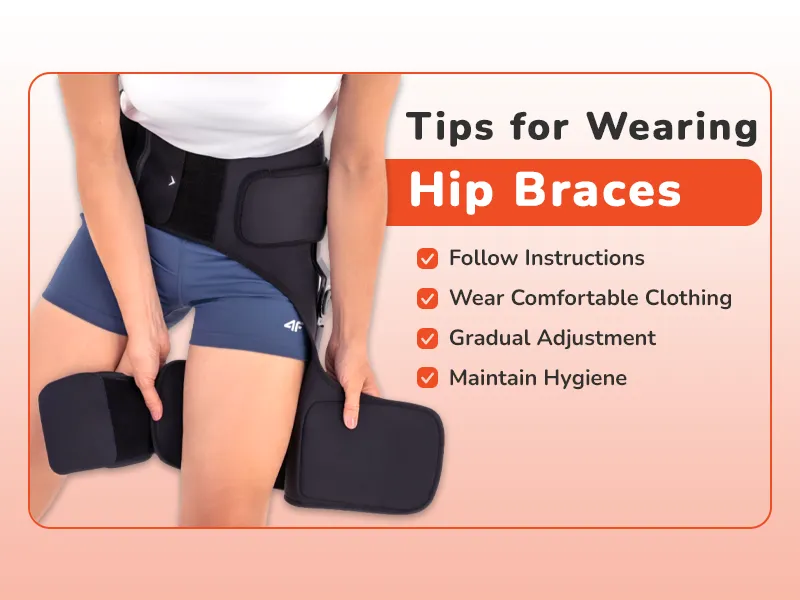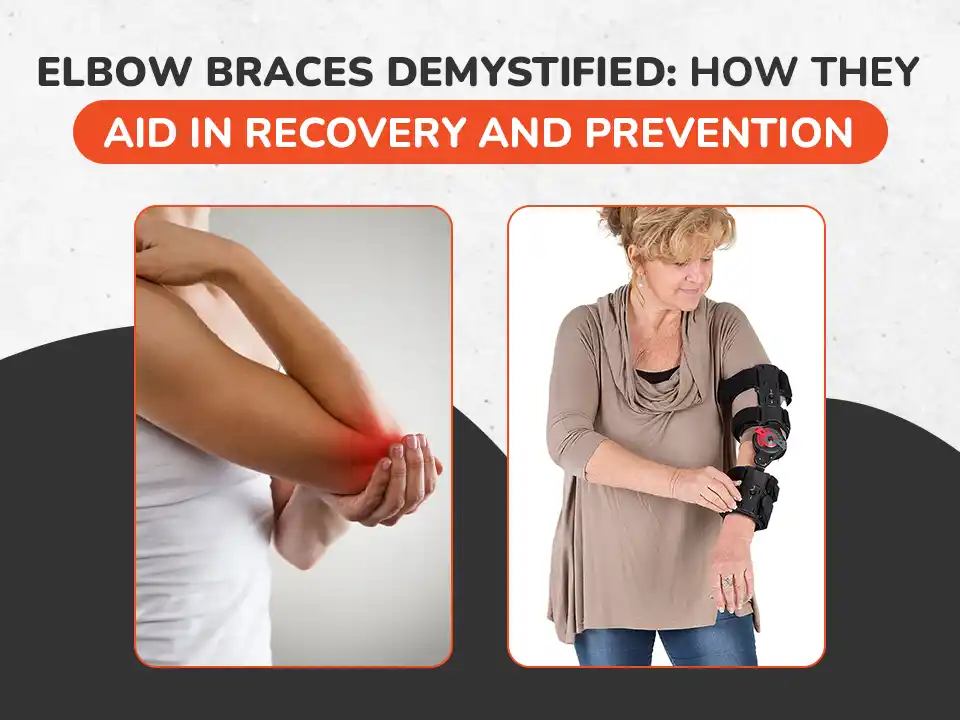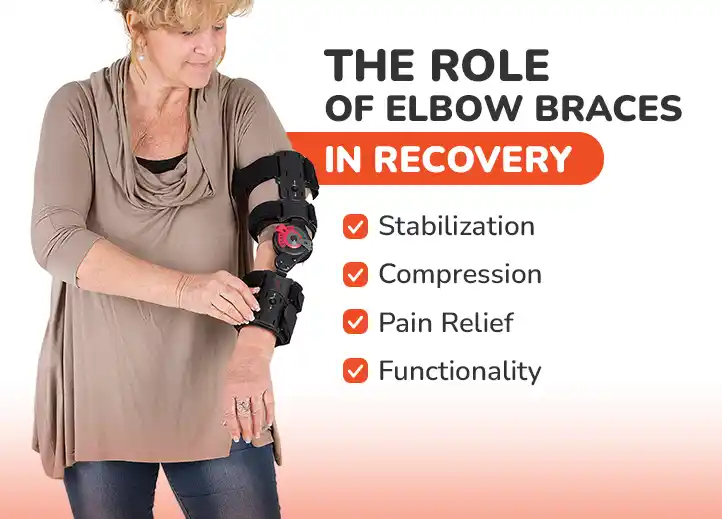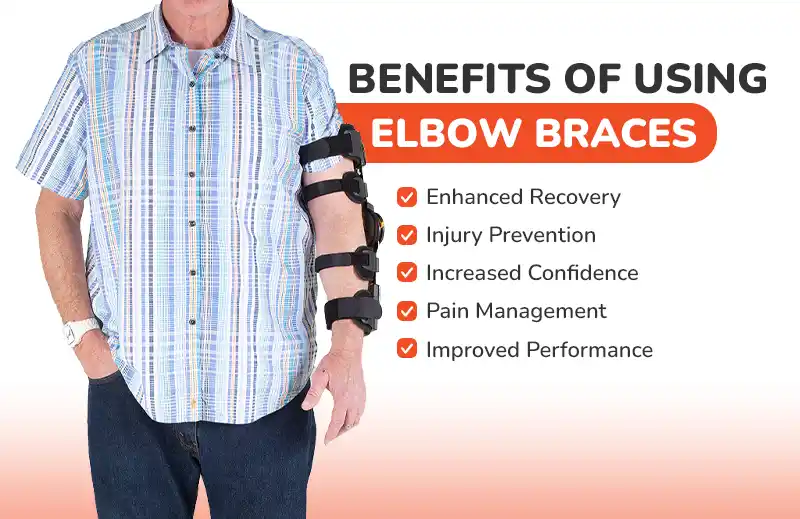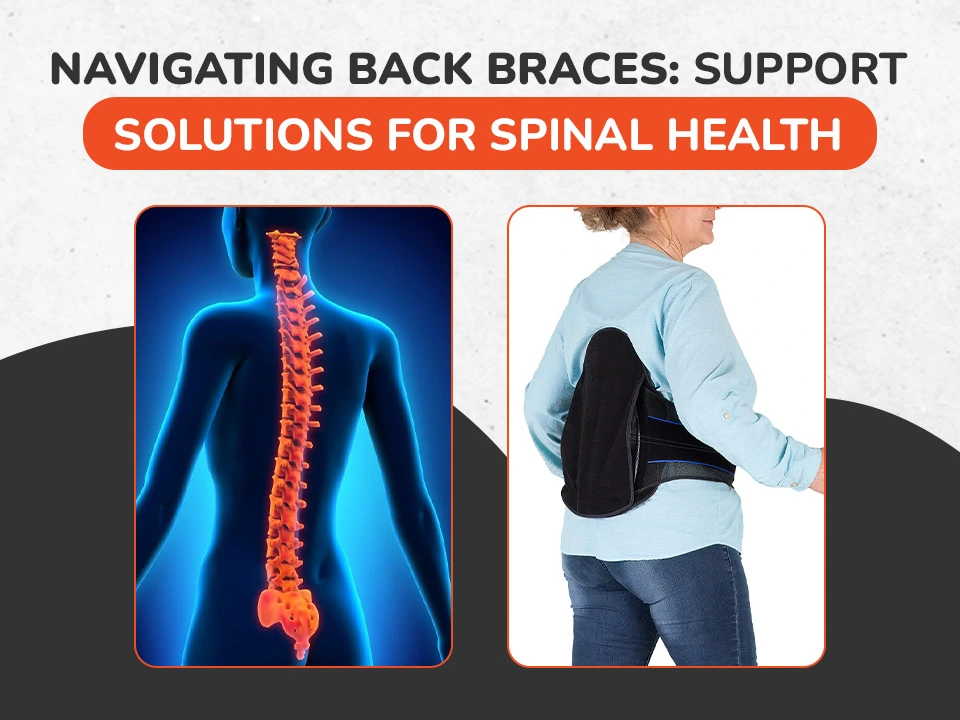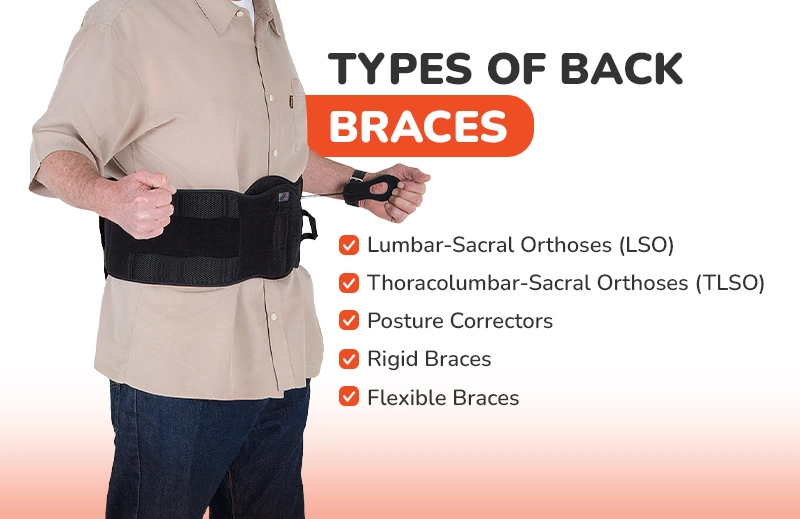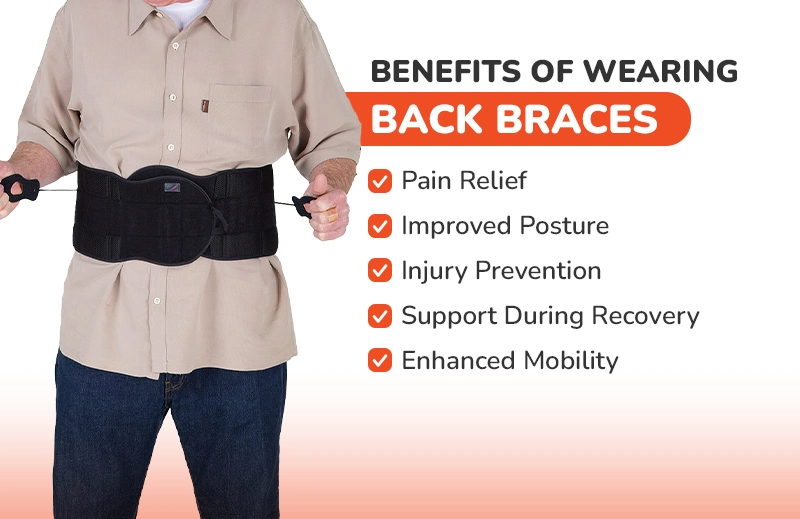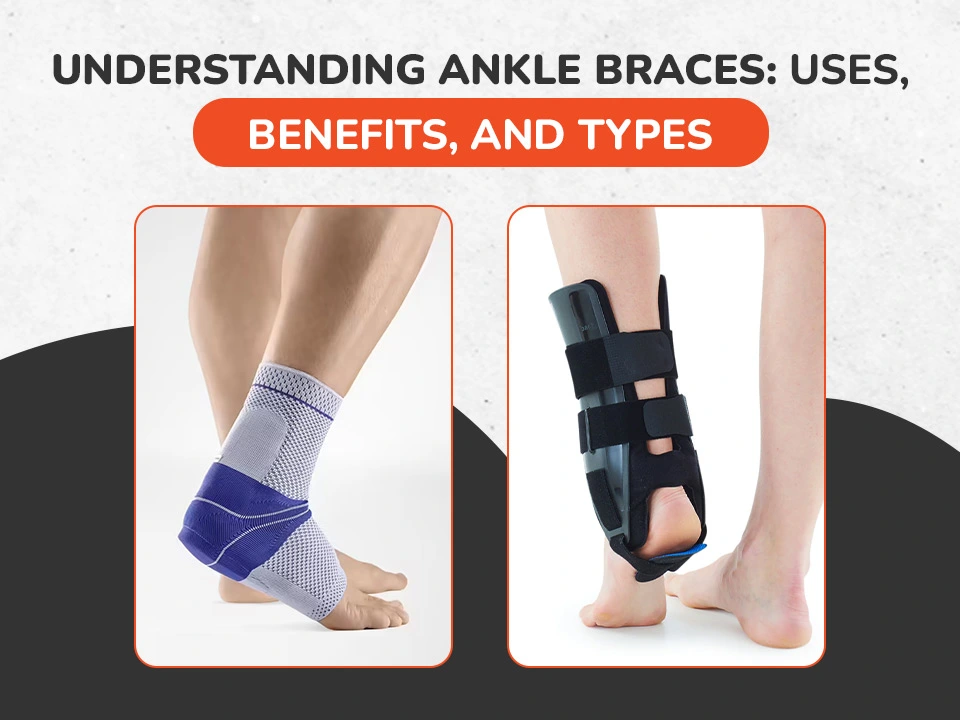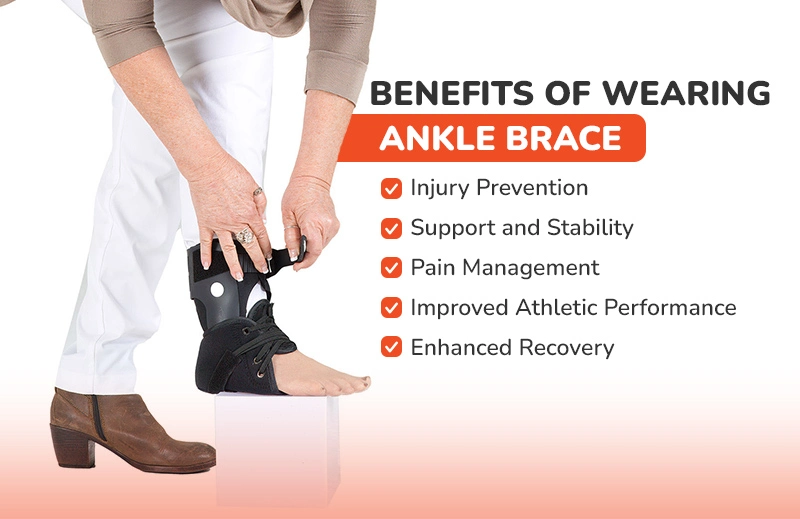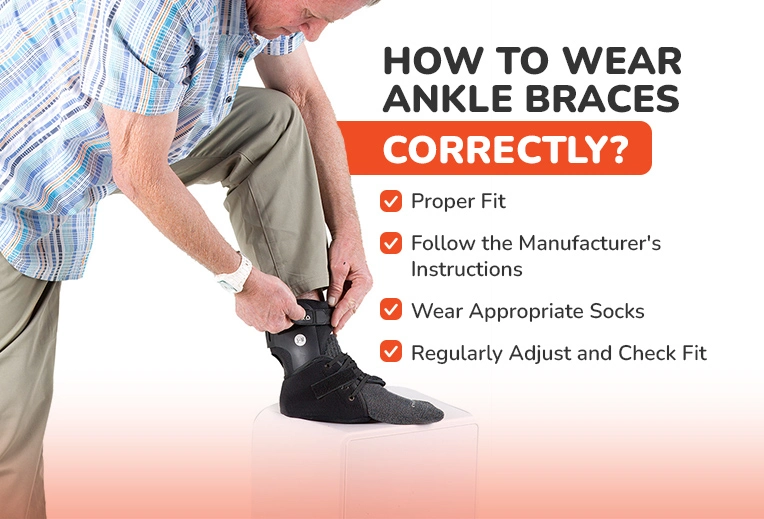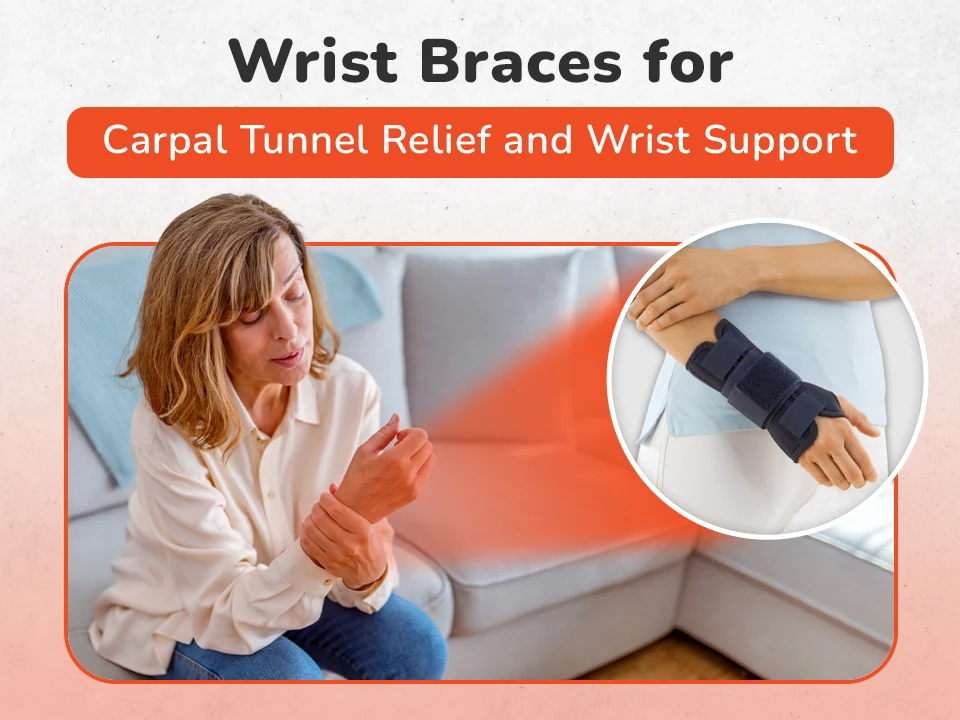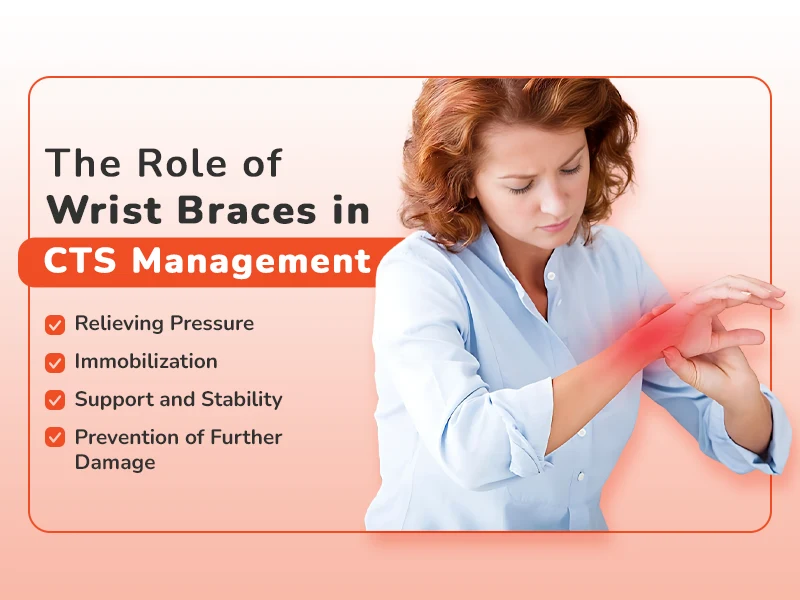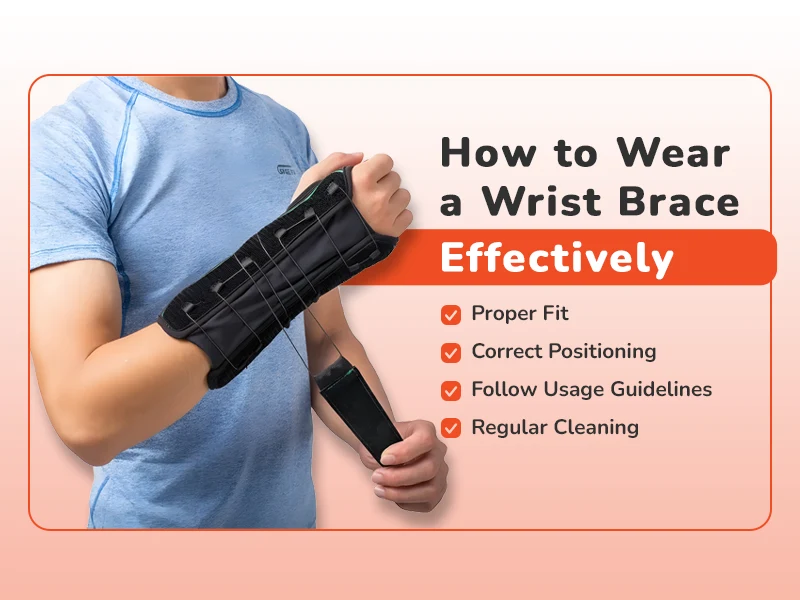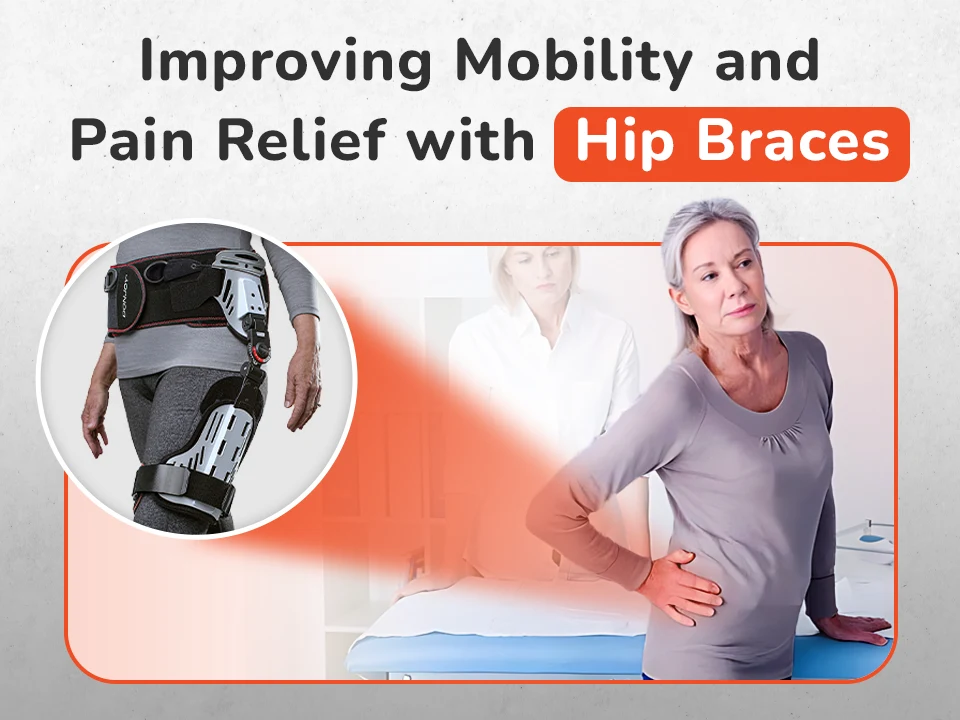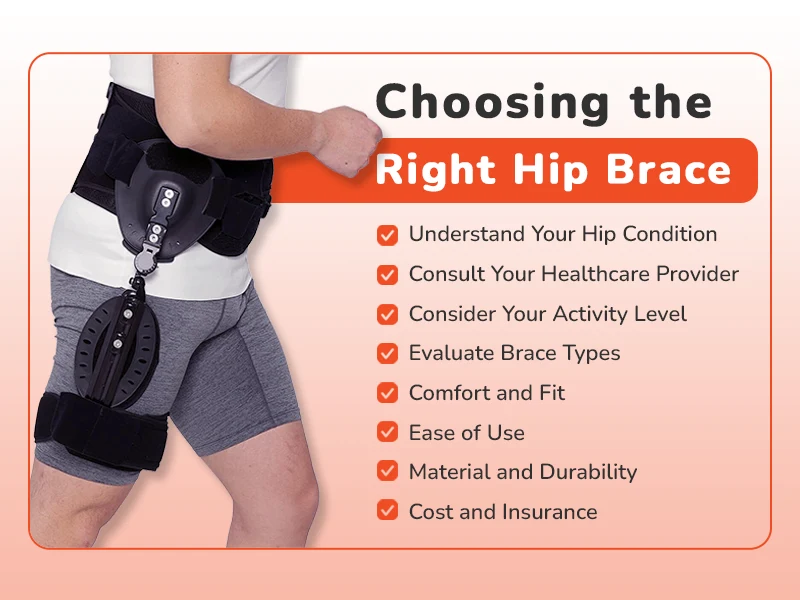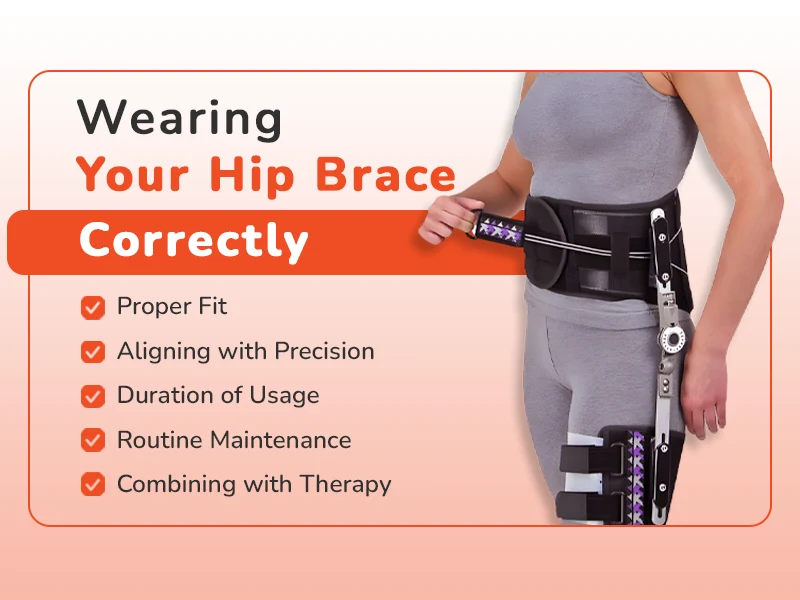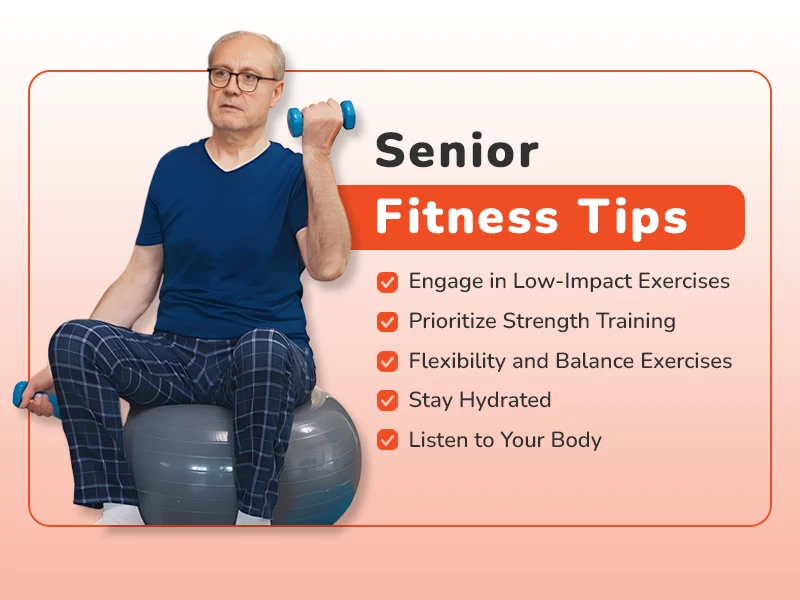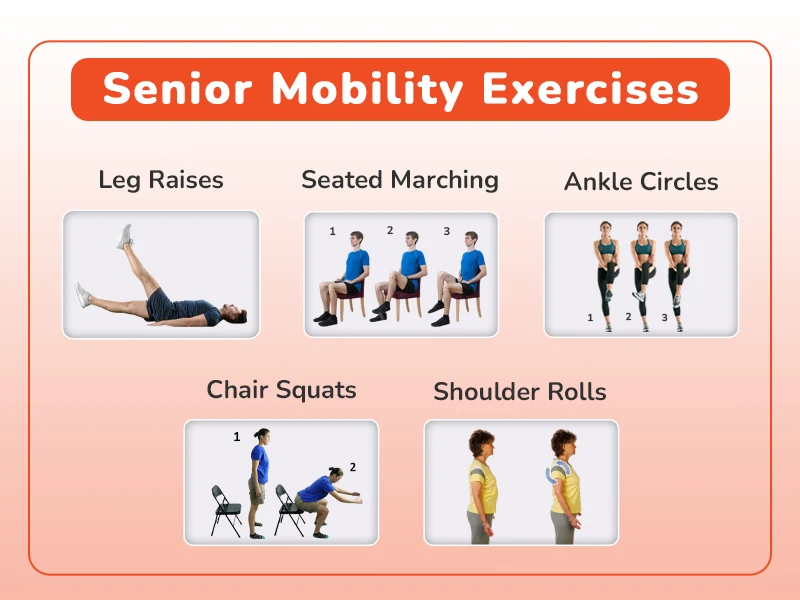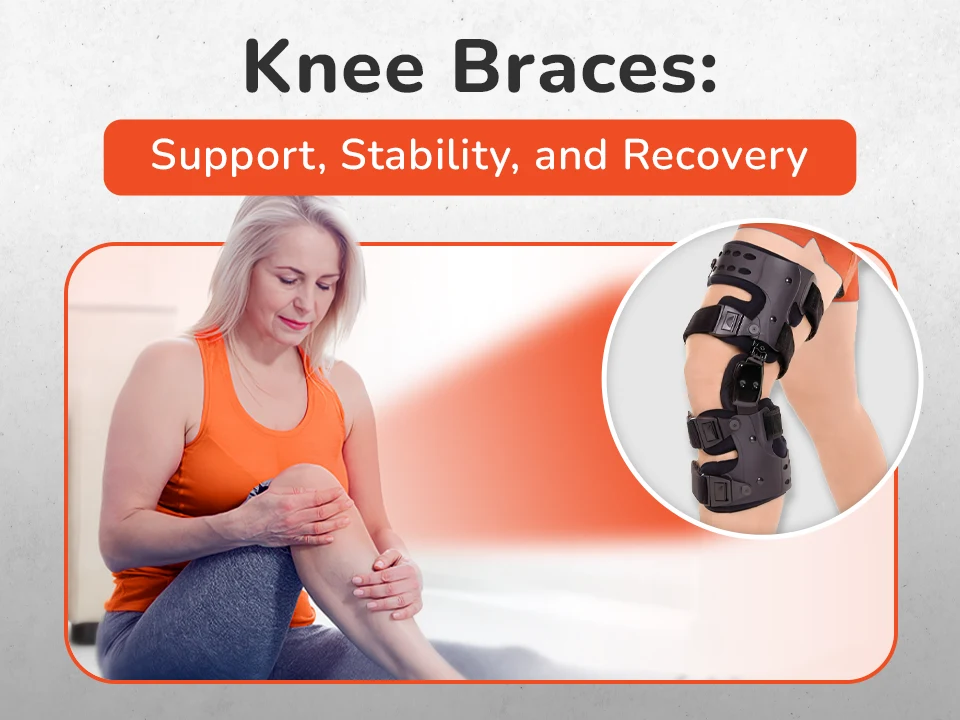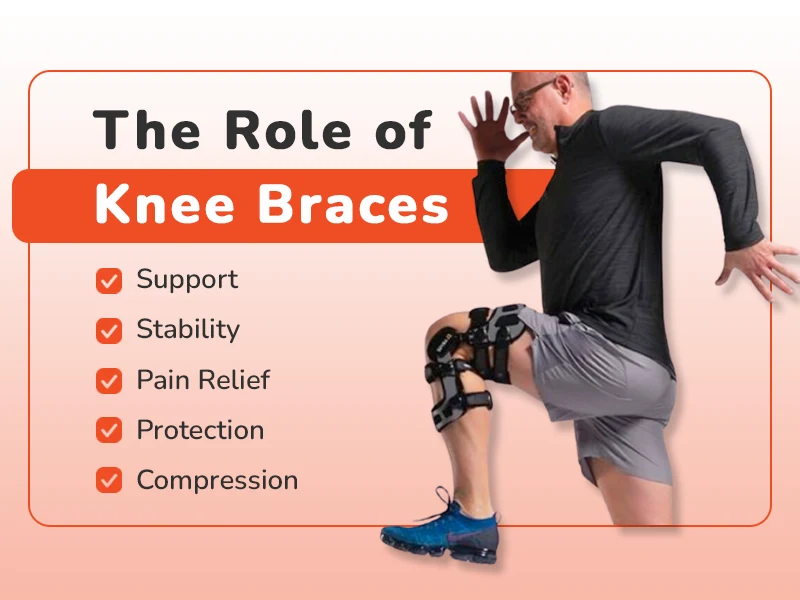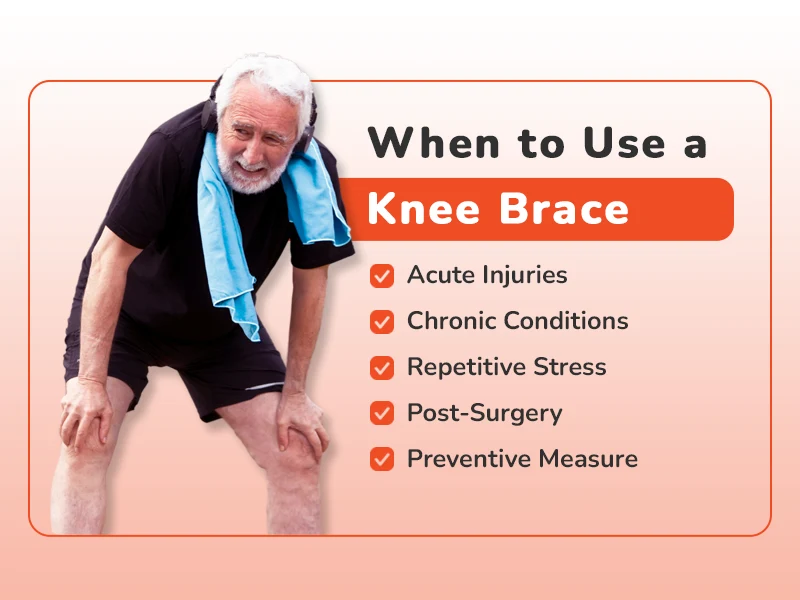Shoulder Braces: Relieving Pain and Supporting Rehabilitation
The path to recovery from a shoulder injury can indeed present challenges, with individuals often facing limitations in mobility, discomfort, and the daunting prospect of a lengthy healing process. In this context, shoulder braces emerge as a beacon of support, meticulously designed to alleviate pain and assist in rehabilitation. This educational blog aims to unfold the layers of importance surrounding shoulder braces, offering a glimpse into their functionality, the various types available, and the myriad benefits they extend, as well as providing insightful guidance on choosing the most suitable brace to aid your recovery journey.
Understanding Shoulder Braces
Shoulder braces are sophisticated medical devices engineered with the primary goal of providing support, minimizing pain, and ensuring stability for the shoulder during the crucial phases of recovery. Their design philosophy centres on restricting movements that could hinder healing or even exacerbate existing injuries. By doing so, these braces create an optimal environment that promotes healing, proving to be an indispensable aid for individuals navigating the complexities of recovery from shoulder injuries or post-operative recovery. While daunting, the journey through recovery from a shoulder injury need not be traversed alone. With the right shoulder brace, individuals can find the support and comfort needed to navigate this path more smoothly. As we explore further, we will uncover the types of shoulder braces, delve into their benefits, and provide guidance on selecting the right one, making this journey a shared endeavour towards achieving recovery and regaining full mobility.
The Role of Shoulder Braces in Rehabilitation
The rehabilitation process from shoulder injuries or conditions is a nuanced journey toward regaining strength and mobility, and shoulder braces are pivotal in supporting this path to recovery. Here’s a deeper look at how they contribute to rehabilitation:
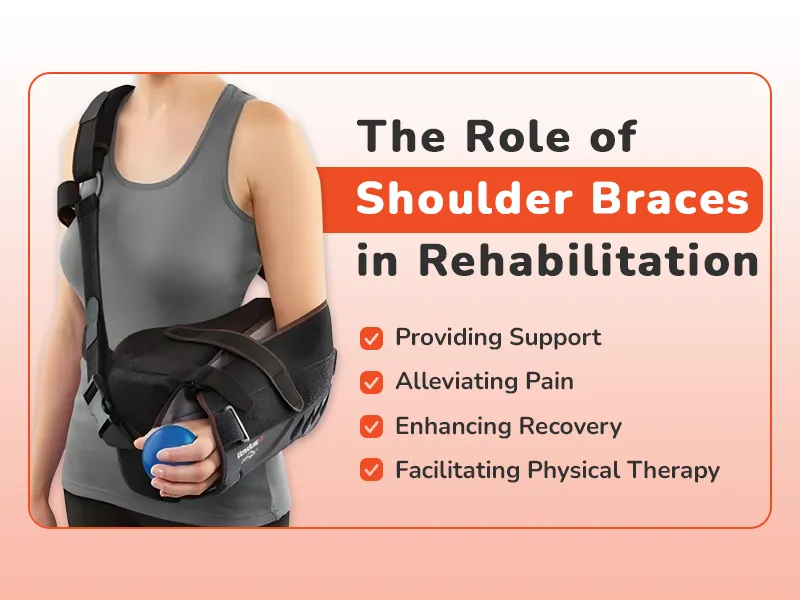
- Providing Support: Shoulder braces are essential for stabilizing the injured area. By securing the shoulder safely, they mitigate the risk of additional injuries that could complicate the healing process. This support is crucial, especially in the early stages of recovery when the shoulder is most vulnerable. The brace is a physical reminder to avoid movements that might jeopardize recovery, thus safeguarding the shoulder as it heals.
- Alleviating Pain: One of the immediate benefits of wearing a shoulder brace is pain relief. By limiting the range of motion, these braces prevent movements that could exacerbate the injury and cause further discomfort. This restriction is not about immobilization but about maintaining a balance between rest and movement, which is crucial for managing pain effectively. Reducing pain also allows individuals to engage more fully in their daily activities and participate actively in rehabilitation exercises.
- Enhancing Recovery: Keeping the shoulder in an anatomically optimal position is vital for healing. Shoulder braces ensure the joint and surrounding tissues are aligned correctly, promoting efficient healing. By doing so, these braces help accelerate the recovery process, ensuring that healing occurs in a manner that aims to restore full functionality to the shoulder.
- Facilitating Physical Therapy: A shoulder brace can be incredibly beneficial during physical therapy. It provides the necessary support to engage in rehabilitation exercises with reduced risk of overexertion or injury. The brace acts as a safeguard, enabling the wearer to perform movements that strengthen the shoulder without putting undue strain on the recovering area. This can make physical therapy sessions more productive, allowing for a focused approach to rebuilding strength and flexibility with an added layer of protection.
In essence, shoulder braces are more than just supportive gear; they are instrumental in creating an environment conducive to healing. By providing support, alleviating pain, enhancing the recovery process, and facilitating physical therapy, these braces are indispensable allies on the road to recovery. Integrating a shoulder brace into the rehabilitation plan, under healthcare professionals’ guidance, ensures a comprehensive approach to healing shoulder injuries, setting the stage for a successful return to full health and activity.
Types of Shoulder Braces
The variety of shoulder braces available on the market caters to a wide range of injuries and recovery needs, making it possible to find a brace that precisely matches the requirements of your rehabilitation process. Understanding the types of shoulder braces and their intended uses can significantly impact the effectiveness of your recovery strategy.
- Compression Sleeves: These are typically made from elastic materials that provide gentle compression to the shoulder, enhancing blood circulation and supporting the injured area. Ideal for minor strains or sprains, compression sleeves can help reduce swelling and offer warmth that soothes muscle stiffness and pain. Their lightweight design allows for wear under clothing, making them suitable for daily use and during physical activities.
- Sling Braces: For more severe injuries or following surgery, sling braces are designed to immobilize the shoulder and arm, keeping them in a fixed position to promote healing. These braces are often adjustable, featuring straps that support the arm and limit shoulder joint movement. By preventing unnecessary strain during the early stages of recovery, sling braces play a crucial role in ensuring that the healing process proceeds without interruption.
- Stabilizing Braces: These braces are engineered for individuals recovering from more significant shoulder issues, such as dislocations or severe muscle injuries. Stabilizing braces typically offer higher support than compression sleeves, with features like adjustable straps and pads that can be customized for optimal support and immobilization. They are designed to maintain the shoulder in a position that promotes healing while providing the flexibility to adjust the level of support as recovery progresses.
Each type of shoulder brace serves a unique purpose in the recovery and rehabilitation process, offering solutions that range from mild support for minor injuries to substantial immobilization for serious conditions. Selecting the right type of brace, in consultation with a healthcare professional, ensures that you receive the appropriate level of support for your specific injury, thereby enhancing your recovery journey.
Choosing the Right Shoulder Brace
Selecting the right shoulder brace is critical in recovering from shoulder injuries. The effectiveness of your rehabilitation and comfort during your healing journey largely depend on this choice. Here are key considerations to guide you in making an informed decision:
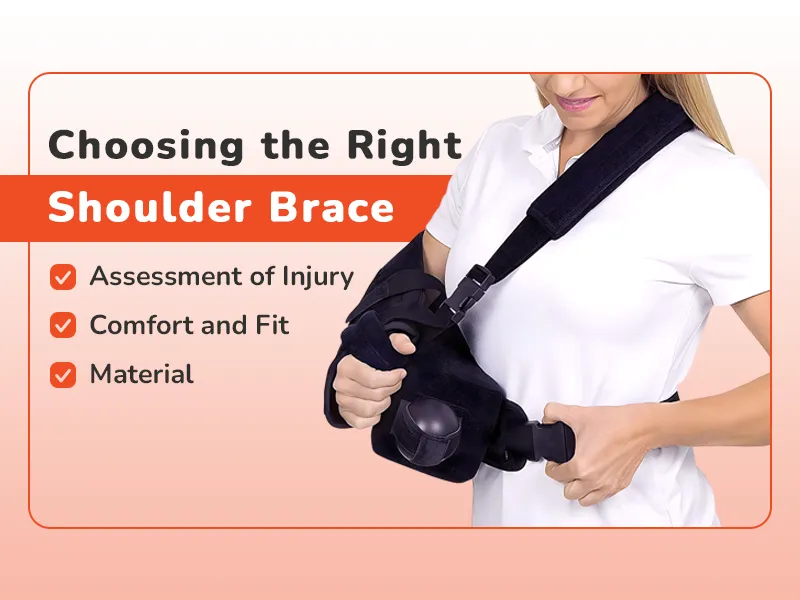
- Assessment of Injury: The nature and severity of your injury are paramount in determining the type of shoulder brace that will be most beneficial. For instance, a compression sleeve might be sufficient for minor strains, providing support and warmth to aid recovery. Conversely, more severe injuries such as dislocations or post-surgical conditions may require a stabilizing brace or sling to immobilize the shoulder and ensure proper healing. Consulting with a healthcare professional can provide valuable insights into the most appropriate type of brace based on your specific injury.
- Comfort and Fit: A shoulder brace that fits properly is essential to be effective. An ill-fitting brace can cause discomfort, potentially aggravate your injury, and hinder your recovery. Look for braces that offer adjustability in straps and closures to ensure a snug yet comfortable fit that can be customized to your body. The brace should not impede circulation or cause pressure points, as these issues can lead to further complications.
- Material: The material of the shoulder brace is another crucial factor to consider. Materials that are breathable and capable of wicking moisture away from the skin are ideal, especially if you’ll be wearing the brace for extended periods. Comfortable wear is essential for compliance with the treatment regimen, so the material should also be soft and non-irritating against the skin. Durability is also a consideration, as the material should withstand regular use and cleaning without losing its supportive properties.
Considering these factors when choosing a shoulder brace will help you select a device that effectively supports your recovery. The right brace can offer the necessary support to facilitate healing, provide comfort to manage daily activities, and ultimately contribute to a quicker and more effective recovery process.
Benefits of Using Shoulder Braces
Utilizing shoulder braces can significantly impact the rehabilitation process, offering many benefits that enhance recovery and improve daily life during the healing period. Here’s a closer look at the advantages:
- Speedier Recovery: One of the primary benefits of shoulder braces is their contribution to quicker healing. By maintaining the shoulder in a stable position, these braces facilitate an environment conducive to healing. This stability is crucial for tissue regeneration and joint function recovery, potentially reducing the overall time needed for rehabilitation.
- Increased Comfort: Shoulder injuries often come with considerable pain, which can hinder specific movements and affect overall quality of life. Shoulder braces play a vital role in managing this pain. By restricting movement in a controlled manner, these braces help minimize discomfort, making it easier for individuals to engage in daily activities with less pain. This increased comfort can also improve sleep quality, a critical component of the healing process.
- Prevention of Further Injury: One of the most critical roles of shoulder braces is their ability to prevent the exacerbation of existing injuries. By limiting certain movements, these devices help protect the injured area from motions or strains that could lead to further damage. This preventative measure is particularly important in the early stages of recovery when the shoulder is most vulnerable and during physical activities or exercises that are part of the rehabilitation process.
Incorporating a shoulder brace into the recovery process from a shoulder injury can significantly aid in achieving a balanced rehabilitation, combining support, pain management, and injury prevention. This trio of benefits ensures that individuals can heal more efficiently and do so with greater comfort and confidence in their day-to-day activities.
How to Wear Shoulder Braces
Wearing a shoulder brace correctly supports your recovery while maintaining comfort. Here are detailed steps to maximize the benefits of your shoulder brace:
- Follow Instructions: Begin by thoroughly reading the manufacturer’s guidelines or the instructions given by your healthcare provider. These instructions are designed to help you wear the brace correctly, ensuring it provides the intended support and stabilization. Incorrect application can diminish the brace’s effectiveness and delay recovery or, in some cases, cause further discomfort or injury.
- Wear Over Comfortable Clothing: To minimize the risk of skin irritation or discomfort, it’s advisable to wear your shoulder brace over a layer of soft, breathable fabric. This layer acts as a barrier between your skin and the brace, reducing friction and the potential for irritation. Choose snug but not restrictive clothing to ensure the brace fits as intended without being impeded by excess fabric.
- Adjust as Needed: Once the brace is on, take the time to adjust it for the best fit. The brace should be snug enough to provide support but not so tight that it restricts circulation or causes discomfort. Remember, your body may swell at different times, especially after surgery or injury, so what feels right in the morning may need adjustment by the afternoon. Pay attention to how the brace and your body interact throughout the day, and don’t hesitate to make minor adjustments to maintain both comfort and effectiveness.
Following these steps can help ensure that your shoulder brace serves its purpose as a vital component of your recovery process. Proper usage enhances the brace’s effectiveness and contributes to a more comfortable and manageable rehabilitation period.
Read More: Shoulder Stability: Finding Daily Comfort with Shoulder Support Braces
Maintenance of Shoulder Braces
Maintaining your shoulder brace is essential to extend its lifespan and ensure it continues to provide the optimal level of support and effectiveness throughout your recovery journey. Here’s how to keep your brace in top condition:
- Regular Cleaning: Keeping your shoulder brace clean is paramount for hygiene and maintaining its material integrity. Adhere strictly to the cleaning instructions provided by the manufacturer, as different materials may require different care methods. Typically, gentle washing with mild soap and air drying is recommended to prevent damage to the brace’s components. Regular cleaning also helps prevent skin irritation and infections, especially if the brace is worn daily.
- Periodic Inspection: Regular checks of your shoulder brace for any signs of wear and tear are crucial. Look for stretched straps, loose fastenings, or any damage to the brace structure. These signs can indicate that the brace may not be providing the proper support anymore and might need adjustment or replacement. Wear and tear on a brace are normal over time, especially with frequent use, but addressing these issues promptly ensures that the brace remains effective in supporting your recovery.
Proper maintenance not only prolongs the life of your shoulder brace but also ensures that it continues to function as intended, offering the necessary support to aid in your rehabilitation. By following these simple care tips, you can maximize the benefits of your shoulder brace, making your recovery process as smooth and efficient as possible.
When to Consult a Healthcare Provider
Engaging in a dialogue with a healthcare provider is imperative before deciding on a shoulder brace. This step is crucial because a medical professional can assess your specific situation—considering the nature and severity of your injury or condition—to recommend the most suitable type of brace. Their expertise ensures that the selected brace will address your current needs and complement your recovery journey effectively. Moreover, a healthcare provider can offer invaluable advice on integrating the brace with other treatment modalities for a holistic approach to healing. This collaborative decision-making process enhances the likelihood of a successful outcome tailored to your unique health requirements.
Conclusion
Shoulder braces stand as a testament to the power of targeted support in the recovery process from shoulder injuries or surgeries. These devices offer more than just physical support; they provide a foundation for effective pain management and a pathway to rehabilitation, making them a cornerstone in healing. When chosen thoughtfully and used correctly, the right shoulder brace has become a catalyst for significant improvements in the quality of life during the recovery phase. It enables individuals to gradually resume their daily activities, fostering a sense of confidence and comfort that is often lost in the wake of injury or surgical intervention. The journey to recovery is a multifaceted endeavour, deeply influenced by the quality of support received from the chosen medical devices and the professionals overseeing the rehabilitation process.

